how to treat dry ice burn
 Ice burn: Symptoms, scars, and first aid
Ice burn: Symptoms, scars, and first aidAll you need to know about ice burns Both heat and cold can burn a person's skin. If exposure to severe cold causes damage to the skin, it is called ice burn or frost. Spending time on freezing temperatures or contacting something extremely cold, such as ice cubes or an ice pack, can damage the skin tissue and cause an ice burn. In this article, learn about the symptoms and causes of ice burns, as well as how to treat them and when to see a doctor. Symptoms of an ice burn may include: When a person experiences an ice burn, several things happen to the tissue: Exposure to the extreme cold makes blood vessels narrow, diverting blood to vital organs to protect them. A small volume of blood will reach the parts of the body further away from the central organs, so the hands, feet, fingers and fingers of the feet are especially prone to cold injuries. The causes of ice burns include: Other factors that may increase the likelihood that a person gets an ice burn include: Smaller children and older people have a higher risk of cold injuries, as they cannot regulate their body temperature efficiently and tend to lose the heat faster. People under the influence of alcohol or drugs may not be so alert to the cold and not immediately notice the discomfort of cold exposure that can lead to ice burns. To avoid ice burns, people should wear clothes suitable for cold temperatures or high-speed winds. In addition, when using an ice pack, people should make sure they don't touch the skin directly. Putting a cloth or towel between the ice pack and the skin can help prevent ice burns. Ice burns can cause healing. The probability of healing depends on many factors, including the area of ice burn and how many layers of tissue are affected. The skin consists of several layers. These include an outer layer, known as the epidermis, and a lower layer, called the dermis. Below these layers are tissues that include muscles, tendons and other connective tissues. If a burn only penetrates the epidermis, it may not cause significant scar. However, the lesions that affect dermis or tissues below it are more complex wounds that can leave scars. There is little difference between ice burns and . The term ice burn refers to burns that result from contact with ice or ice packs. The frostbite occurs when exposure of body parts at extremely cold temperatures freezes the skin and tissue below it. The slag that penetrates the deepest layers of the skin and damages the tissue and bone can cause permanent damage. A person should immediately take the following actions: Once the area is hot again, a person should try: It is vital to heat the skin gradually instead of using water or very hot air, as the extreme heat could worsen the injury. People can usually treat surface ice burns at home using first aid. These burns tend to heal without the need for more medical care. If a person experiences a more severe ice burn, he or she should see a doctor and may require hospital treatment. Signs and symptoms of severe ice burn include: These signs may indicate tissue damage under the skin. The damage to the tail may require more intensive medical or surgical treatment. Any sign of infection will also require medical treatment. A person should see a doctor if he or she experiences the following symptoms: If the affected area is still white, dark or grey instead of pink or red and does not start to dye or burn while he or she warms up, this could mean more extensive damage that requires medical care. Anyone interested in an ice burn should talk to a doctor for an appropriate evaluation. Last medical review on July 27, 2018Most recent newsRelated coverage
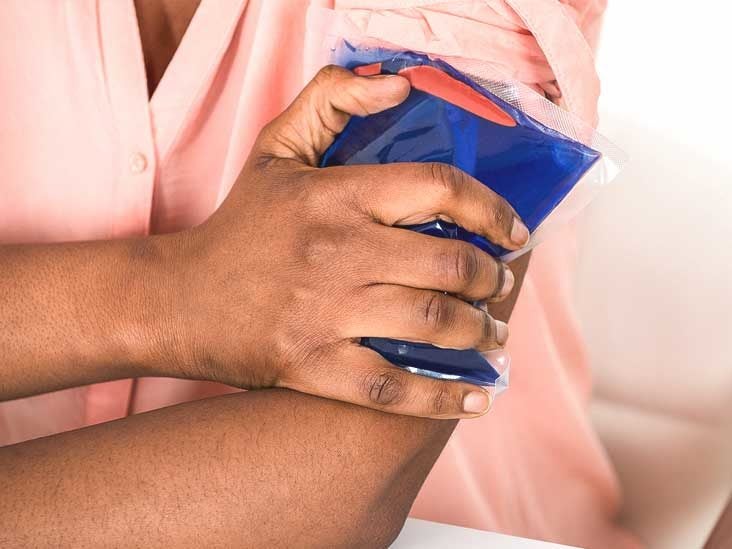
Ice Burn: Symptoms, Treatment, and More

Easy Ways to Treat an Ice Burn: 12 Steps (with Pictures) - wikiHow

Easy Ways to Treat an Ice Burn: 12 Steps (with Pictures) - wikiHow

Easy Ways to Treat an Ice Burn: 12 Steps (with Pictures) - wikiHow
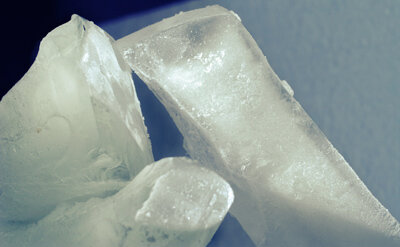
What if I touched dry ice? | HowStuffWorks
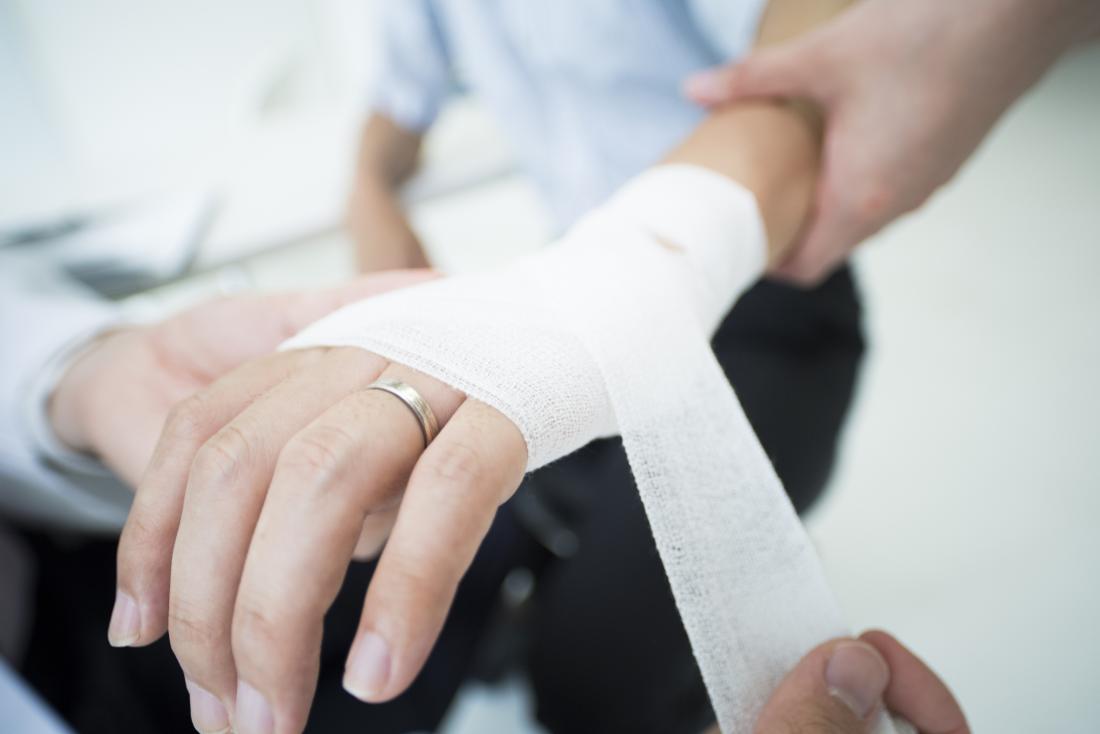
Ice burn: Symptoms, scars, and first aid
Dry Ice Helpful Tips
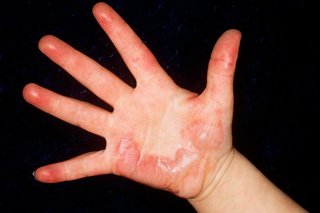
Burns and scalds - NHS
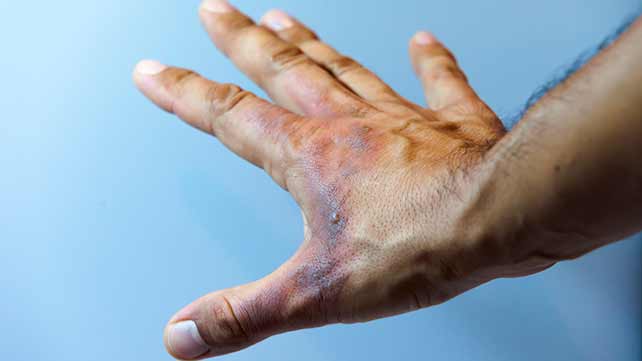
Burns: Types, Symptoms, and Treatments
/midsection-of-woman-holding-ice-pack-on-hand-1234755457-4eb0e6ea5429427bab027a2e3bbc64ee.jpg)
How to Avoid Ice Burn When Treating an Injury
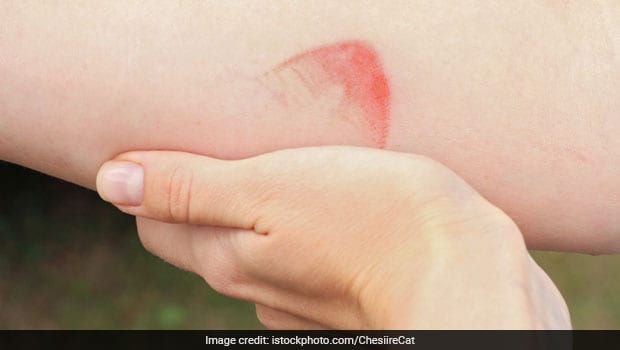
5 Effective Home Remedies For Mild Burns - NDTV Food

Dry Ice Burn Treatment | Healthfully

Easy Ways to Treat an Ice Burn: 12 Steps (with Pictures) - wikiHow
/1024px-Dry_ice_9669_Nevit-5a89942a642dca0036fb8fd8.jpg)
Using Dry Ice in Your Cooler

Fun Things to Do with Dry Ice! — FIVE MARYS FARMS

Dry Ice Burns - YouTube

How to Treat a Burn

Burn Care: Keep It Clean and Cool—and Dry | Scrubbing In
Dry ice exposure | St Mark James Training
Dry Ice Burn Treatment | Healthfully
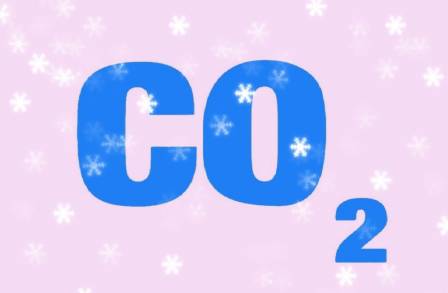
Treatment for Dry Ice Burn | Health Advisor
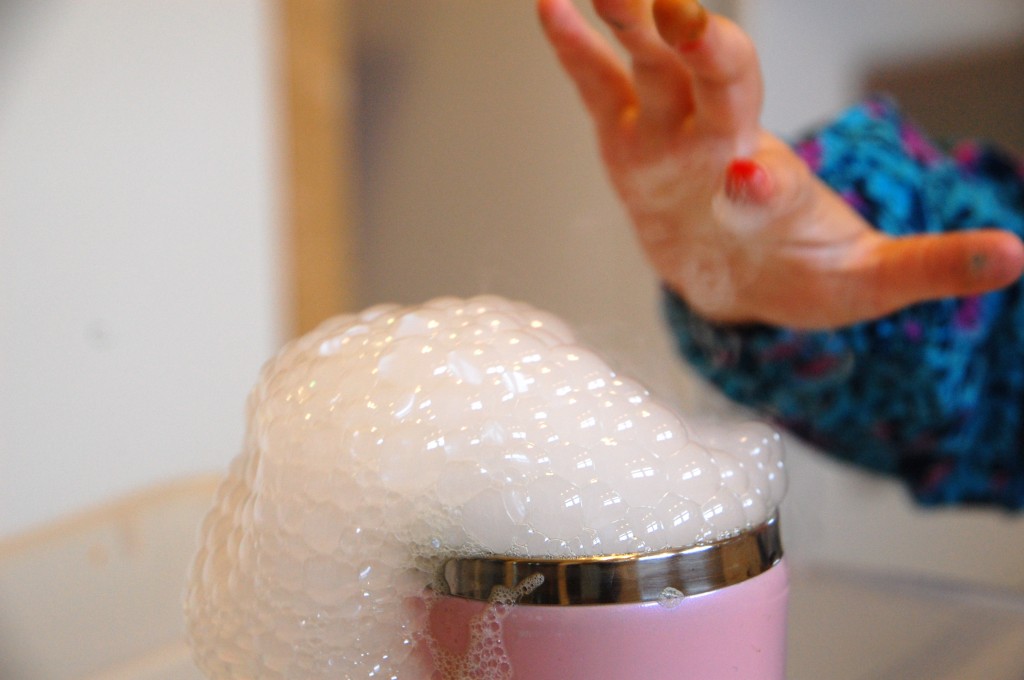
Dry Ice Experiment | TinkerLab
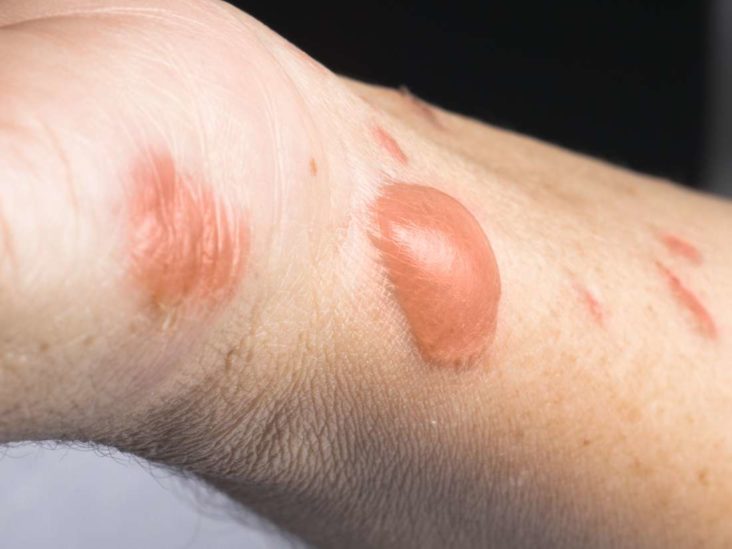
Burn scars: Treatment, removal, and prevention
/GettyImages-175706893-58cb06f25f9b581d72a7fe25.jpg)
What Happens if You Touch Dry Ice?

Amazon.com: How to Dry Ice: Appstore for Android

First Aid for Burns: 5 Things You Should Never Do | Medical City Healthcare

Should You Put Ice on a Burn (or Not)? – Health Essentials from Cleveland Clinic

How to Treat a Burn from Boiling Water - Video & Lesson Transcript | Study.com

How to Properly Handle Dry Ice | POPSUGAR Food
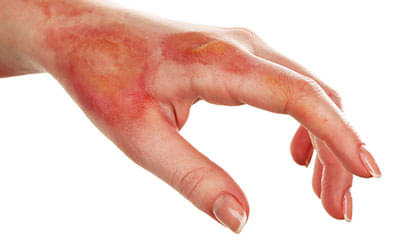
I had dry ice burn 5 days back. How to get rid off red marks created by dry ice burn.

What Do 1st, 2nd and 3rd Degree Burns Look Like? A Visual Guide | Allure
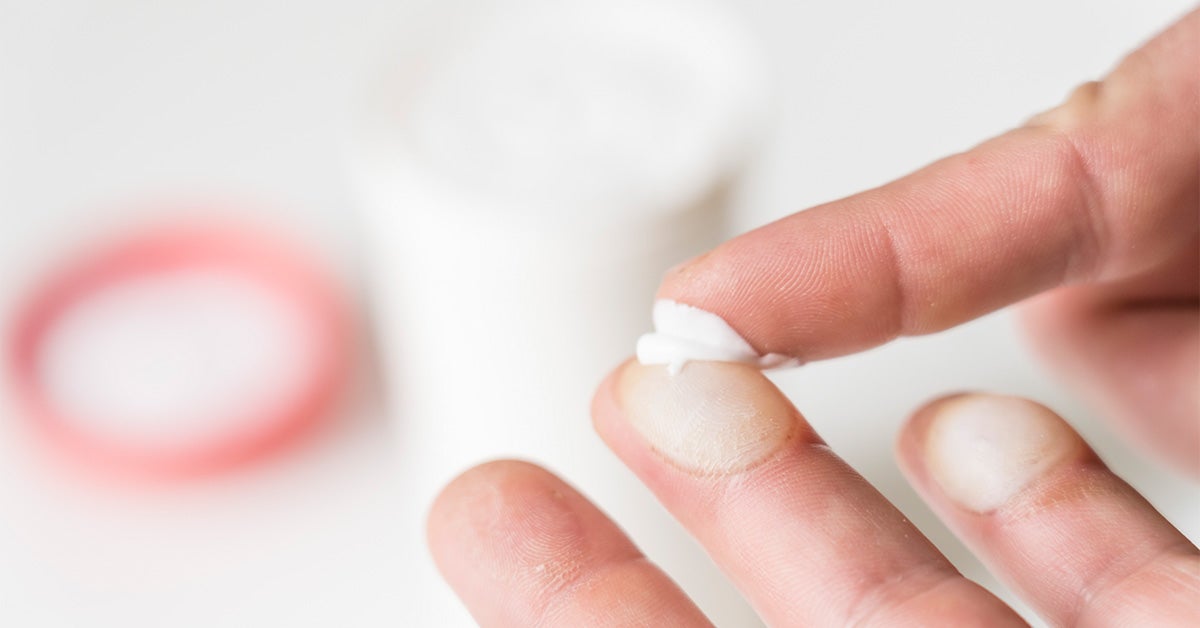
Why Not to Use Toothpaste on Burns, Plus Home Remedies That Work
/burn-scars-treatment-4173075-5bb7b58d46e0fb0026a96c94.png)
How Burn Scars Are Treated

Dry-Ice Skin Burn (Page 1) - Line.17QQ.com
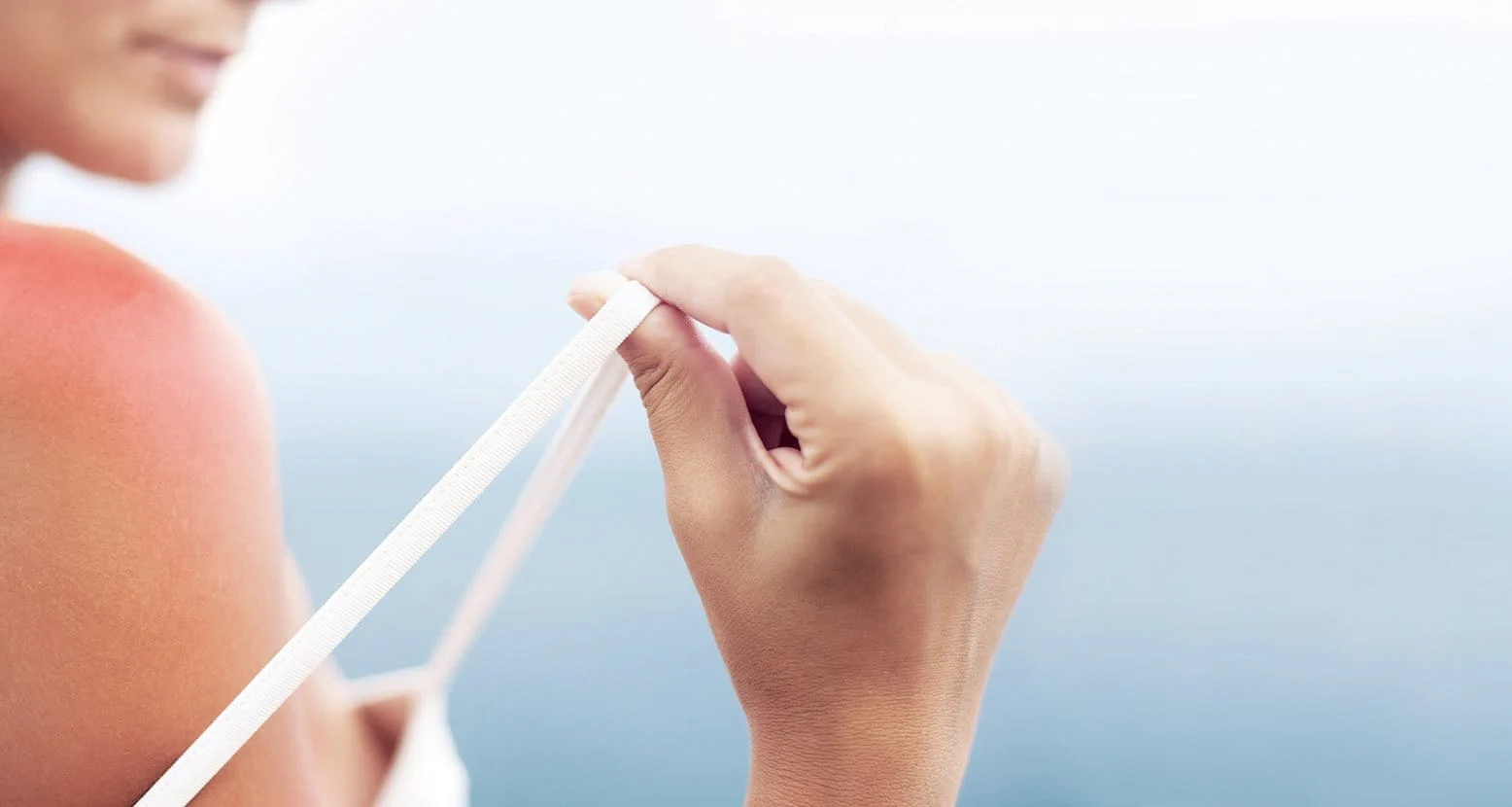
Minor burns| Skin regeneration | Eucerin
What Happens If You Touch Dry Ice? - Dry Ice Corp

Burns | Sepsis Alliance
Precautions for Handling and Working with Dry Ice
Treating Burns in Children

How do I safely handle the dry ice? – ButcherBox Help Center
Posting Komentar untuk "how to treat dry ice burn"